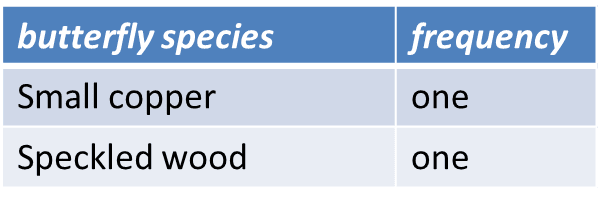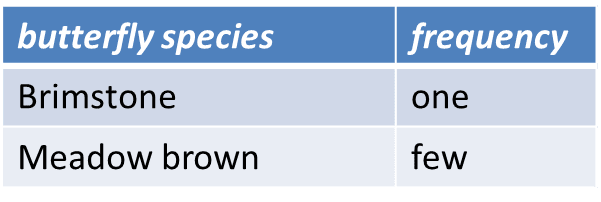As we're approaching the xmas break, time to wrap up 2022! Obviously, this year was never going to be as good a year for new species as last year, when we saw 24 new species (9 new butterfly species and 15 new damsel/dragonfly species).
But we did see some new species!
Butterflies first. We saw a total of 37 species (exactly the same number as last year), which included four new species: dingy skipper, essex skipper, lulworth skipper and duke of burgundy. The 'poster' below shows which species we saw this year (species names in red means we saw them in a previous year, but not this year).
And then on to damseldragonflies. A total of 26 species (one more than last year), which included three new species: willow emerald damselfly, white-legged damselfly and ruddy darter. Here's the 'what we saw this year' poster (again, red names mean we have seen the species before, but didn't see them this year).
Among those was this gorgeous peacock, sunning itself.























































